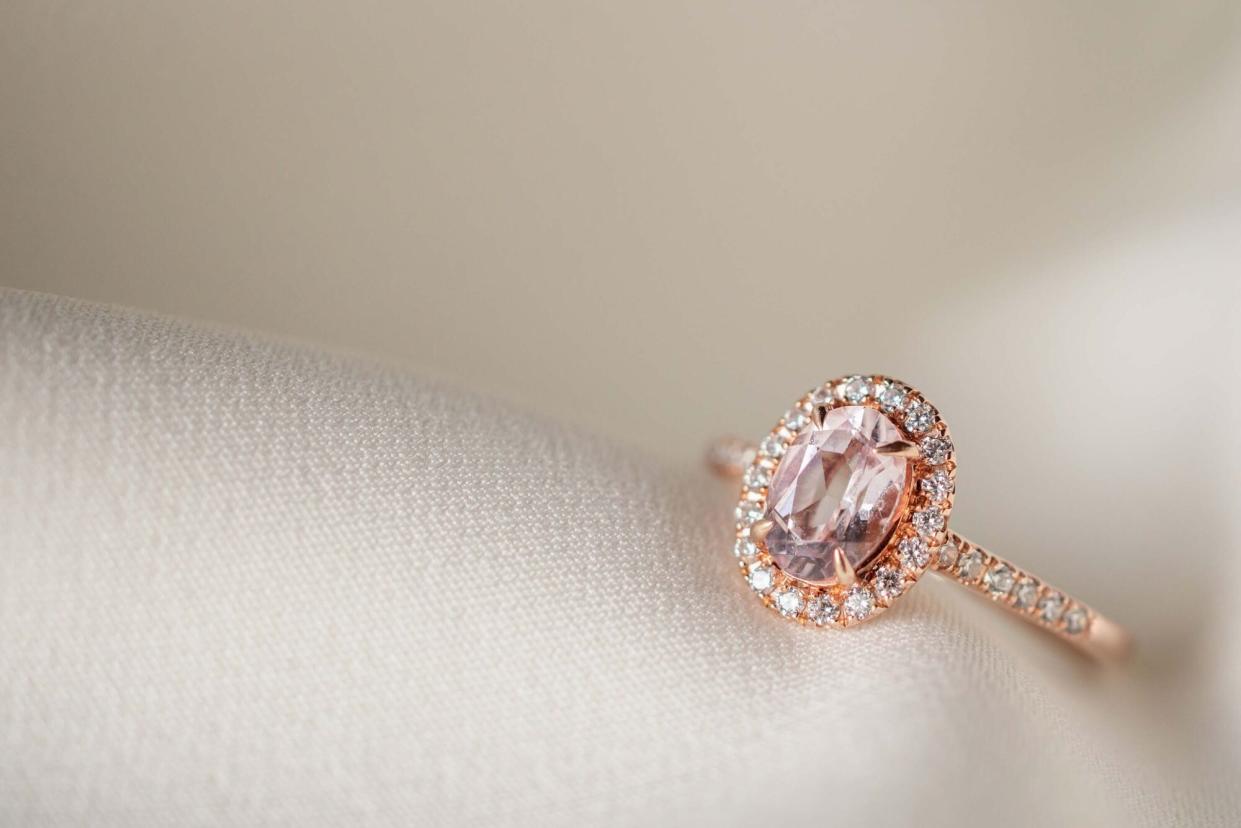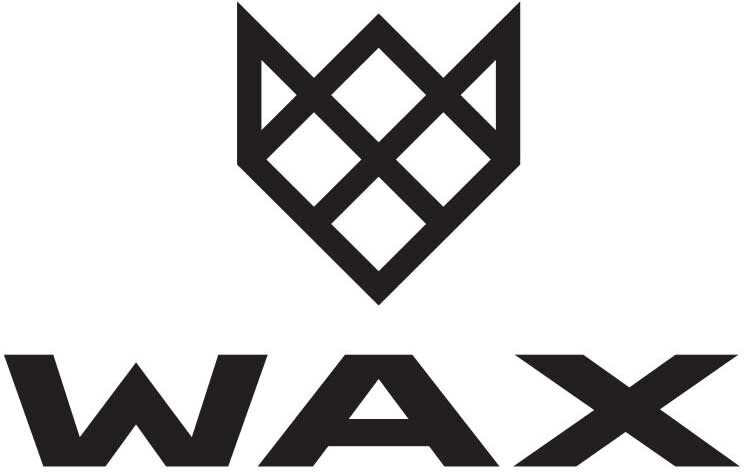Best Jewelry Insurance Options to Protect Your Most Precious Pieces

Kwangmoozaa / Getty Images
Jewelry is more than just an accessory—it's a treasured valuable that can be worth its weight in gold (literally). Whether your favorite piece is that birthstone bracelet you've always worn, your grandmother's gold locket, or the diamond ring that symbolizes your marriage, you'll want to keep your jewelry safe. Unfortunately, there's always a risk of theft, damage, or disappearance, which is where insurance comes in. A jewelry insurance policy can protect you from financial loss, even if the sentimental value is irreplaceable.
Homeowners and renters policies typically provide limited coverage for jewelry and don't protect against mysterious disappearance. But a standalone jewelry insurance policy does. And most offer an affordable way to get high-value coverage for your precious pieces. We assessed the cost, benefits, application and claims processes, and customer satisfaction of the largest jewelry insurance providers in the nation. Our top picks can provide the peace of mind that comes with knowing your valuables are covered.
Best Jewelry Insurance of 2022
Best Overall: GemShield
Best for Engagement Ring Insurance: BriteCo
Best for No Appraisals: Jewelers Mutual
Best for Discounts: Lavalier
Best for Collectors: Wax
Best Overall: GemShield
Pros & Cons
Pros
Quick and easy online quote
Very few customer complaints
10-minute online application
Flexible deductibles
Cons
Appraisals required for jewelry worth $5,000 or more
Relatively low coverage limits
Why We Chose It
GemShield receives high marks for customer satisfaction, financial strength, and a quick and easy application process. GemShield is backed by an insurer with an A+ (Superior) financial strength rating from AM Best, showing superior reliability when it comes to paying claims. The company's underwriter also received far fewer complaints with the National Association of Insurance Commissioners (NAIC) over the last three years than expected given its market share. However, GemShield may not be the best choice for people with extensive and pricey collections, as coverage is generally limited to $35,000 per item and $100,000 per policy.
GemShield requires an appraisal for pieces valued at $5,000 or more, but a receipt will suffice for less expensive pieces. The insurer's premiums are reasonable, and discounts are available. You can also choose a higher deductible to lower your monthly cost. GemShield offers robust coverage with few exclusions (manufacturer's defects, intentional loss or damage, nuclear hazard, and war). We also appreciate the ease of the application process—you can get a quote instantly without providing any personal information and receive a digital application decision in 10 minutes or less.

Best for Engagement Ring Insurance: BriteCo
Pros & Cons
Pros
Better than average pricing for engagement rings
Covers up to 125% of appraised value
No complaints with the NAIC
Annually adjusts coverage for inflation and gemstone prices
Cons
Personal info required for quote
Why We Chose It
BriteCo provides great value jewelry coverage, with lower than average premiums, few exclusions, and coverage up to 125% of the appraised value of your ring should its value increase. All policies have $0 deductibles, coverage extends worldwide, you can work with the jeweler of your choice, and you can add a co-insured for no charge. You can apply online for coverage and start claims online in the event of a loss. However, the quote process is more involved than with some other insurers—you'll need to provide your contact information to get a price estimate.
BriteCo is backed by an insurer with an A+ (Superior) financial strength rating from AM Best and no complaints with the NAIC over the last two years. Furthermore, the company has excellent customer reviews on sites like Google and Facebook.

Best for No Appraisals: Jewelers Mutual
Pros & Cons
Pros
Appraisals not required in most cases
Quick and easy online quote
Excellent customer reviews and few complaints
Cons
Slightly higher premiums than some other companies
Excludes damage from pests
Why We Chose It
While it's a good idea to appraise your jewelry, you may want to get coverage quickly and worry about the appraisal process later. Jewelers Mutual allows you to buy a policy without an appraisal in most cases and makes the quote and application process easy. You can get a quote in about a minute online without submitting any contact information, and you can apply entirely online. Plus, the company has over a century of jewelry industry experience.
What's more, Jewelers Mutual is a great choice for customer satisfaction. Beyond the company's glowing reviews, Jewelers Mutual received far fewer complaints with the NAIC over the last three years than were expected given the company's size. The insurer is also A+ (Superior) rated by AM Best, which means the company should have no problems paying claims. Jewelers Mutual covers most perils, including mysterious disappearance, but unlike some companies, the insurer will not cover damage from "critters." Jewelers Mutual also charges slightly higher premiums than some of its competitors.
GEICO jewelry insurance is backed by Jewelers Mutual, so you can purchase coverage through GEICO if you prefer.

Best for Discounts: Lavalier
Pros & Cons
Pros
Offers a variety of discounts on jewelry insurance
Quick and easy online quote
Flexible deductibles from $0 to $25,000
Cons
Standalone watch coverage subject to underwriting review
Appraisals required for items worth $5,000 or more
Minimum premium of $50
Why We Chose It
If you insure your jewelry with Lavalier, you can access a variety of discounts. For example, you'll receive a discount for storing your jewelry securely, having an alarm, or getting a gemstone grading report. Another way to reduce your monthly cost is to choose one of Lavalier's higher deductible options. The company offers flexible deductibles between $0 and $25,000. However, bear in mind that premiums are slightly higher at Lavalier than at some competitors for $0-deductible policies, and Lavalier has a $50 minimum annual premium (some pieces may cost less than $50 to insure).
Lavalier makes it easy to get a quote without supplying any contact info and apply online. But watches may not be covered on a standalone basis, subject to underwriting review. What's more, appraisals are required for items worth $5,000 or more, which could slow down the application process. Still, Lavalier is backed by a reputable insurer with an A+ (Superior) financial strength rating from AM Best and far fewer complaints with the NAIC than expected over the last few years given its market share. If you qualify for its discounts, Lavalier might be the best option for you.

Best for Collectors: Wax
Pros & Cons
Pros
Lowest quotes of any provider we reviewed
Covers up to 150% of original appraised value for covered loss
High coverage limits
No appraisals required for jewelry under $100,000
Cons
No online quote or application
Why We Chose It
If you're looking for the lowest premiums before discounts, particularly if you have a large collection, Wax may be your best bet. The insurer offers high coverage limits and makes it easy to get coverage for new jewelry by snapping a picture. You can even borrow against your collection with Wax Credit (in some states). What's more, Wax offers robust coverage with up to 150% reimbursement, in case your jewelry appreciates beyond the original appraised value.
But while it's easy to manage your policy through the app, with Wax the quote and application process is more cumbersome relative to competitors. You can't get a quote without supplying your email address or downloading the app. Some people may prefer a more streamlined experience. Still, Wax is a reputable choice. The company is backed by Chubb, a 140-year-old insurer with an A+ (Superior) financial strength rating from AM Best and fewer complaints with the NAIC than expected over the last few years.

Final Verdict
If you want to insure a single piece of jewelry or modest collection, GemShield is an excellent option, with its easy application process and superior track record of customer satisfaction. If you want to get a policy as quickly as possible, you can do so without an appraisal through Jewelers Mutual. But if you're looking for the lowest price or have a large collection, consider Wax. If you can qualify for discounts and want to choose a higher deductible, Lavalier may offer you the lowest price. BriteCo is also an affordable option for engagement ring insurance and offers great coverage that adjusts annually if inflation or gemstone and jewelry prices increase.
Frequently Asked Questions
How Much Is Jewelry Insurance?
Most jewelry insurance providers estimate that it will cost between 1% and 2% of the appraised value of your jewelry each year to maintain insurance coverage. To insure a $5,000 engagement ring, you can expect to pay between $50 and $100 annually. Your actual premium will depend on where you live, the value of your jewelry, and the deductible you choose.
How to Insure Jewelry
Collect quotes and compare pricing: If you want to insure your jewelry, start by comparing quotes so you can get the best premium for the coverage you need. Many insurance companies have online quote tools, while others require you to call for a quote.
Get an appraisal if needed: If required by your insurer, you'll need an appraisal before you apply. Even if it's not required, it's a good idea to get an appraisal as soon as possible to avoid claims disputes, especially for high-value jewelry.
Ask the right coverage questions: Compare the coverage offered by your top choices and make sure you understand what's excluded. Ask whether you're covered when you leave the country, whether the policy pays for a replacement or cash value, and whether you can work with the jeweler of your choice.
Apply for a jewelry policy: Once you've chosen a policy that meets your needs, you'll need to submit all the required documents and apply for a policy. Most companies let you do this online.
Update your coverage: When you purchase new jewelry, make sure to update your coverage so it will be included. It's also a good idea to get an appraisal every two years or so, in case the value of your jewelry changes.
Does Homeowners Insurance Cover Jewelry?
Most homeowners insurance policies place coverage limits on valuable items like jewelry. While your homeowners policy might provide some reimbursement for theft or damage, most standard policies are capped around $1,500 for jewelry insurance coverage. You'll also be subject to your homeowners deductible, and filing a claim could increase your premiums. What's more, homeowners insurance doesn't cover accidental loss or mysterious disappearance. If you were to lose an earring by accident, for example, it probably wouldn't be covered.
Is Jewelry Insurance Worth It?
Whether jewelry insurance is worth it depends on how you value your jewelry. If you would feel comfortable replacing your jewelry with your own funds, or if you wouldn't be upset about living without it if it went missing, you can forgo jewelry insurance. If the opposite is true, purchasing a jewelry insurance policy is an affordable way to provide peace of mind.
Methodology
When comparing the largest jewelry insurance providers nationwide, we focused on the ease of the application process, evaluating whether potential customers could get a quote and apply for a policy quickly online. We then compared the annual cost of rings and watches across companies for a $0-deductible policy, paying attention to whether discounts were offered and whether monthly payments were accepted. We evaluated the coverage offered and the number of exclusions, as well as any accessibility criteria, and how easy or difficult it is to submit claims. We also compared financial strength, looking to AM Best ratings and years in business, and customer satisfaction data, eliminating companies with a high NAIC complaint index.

